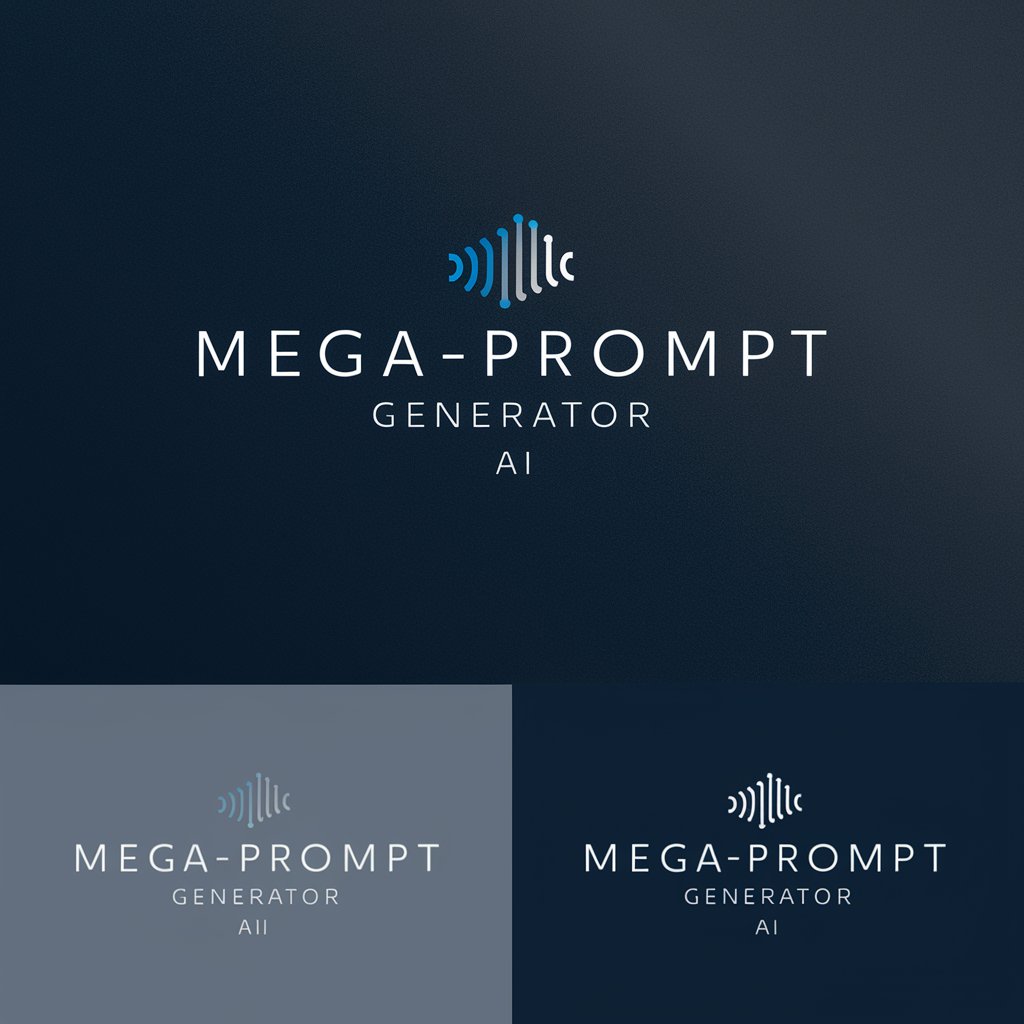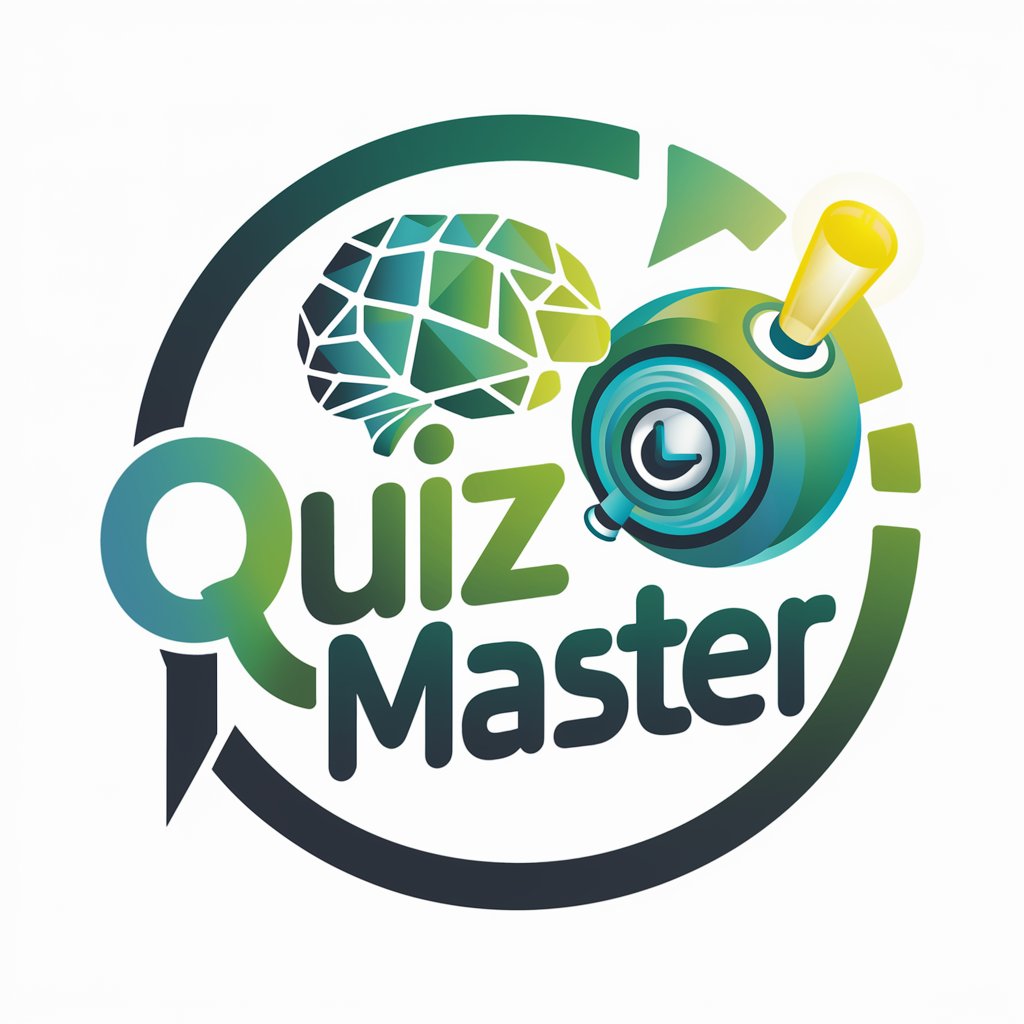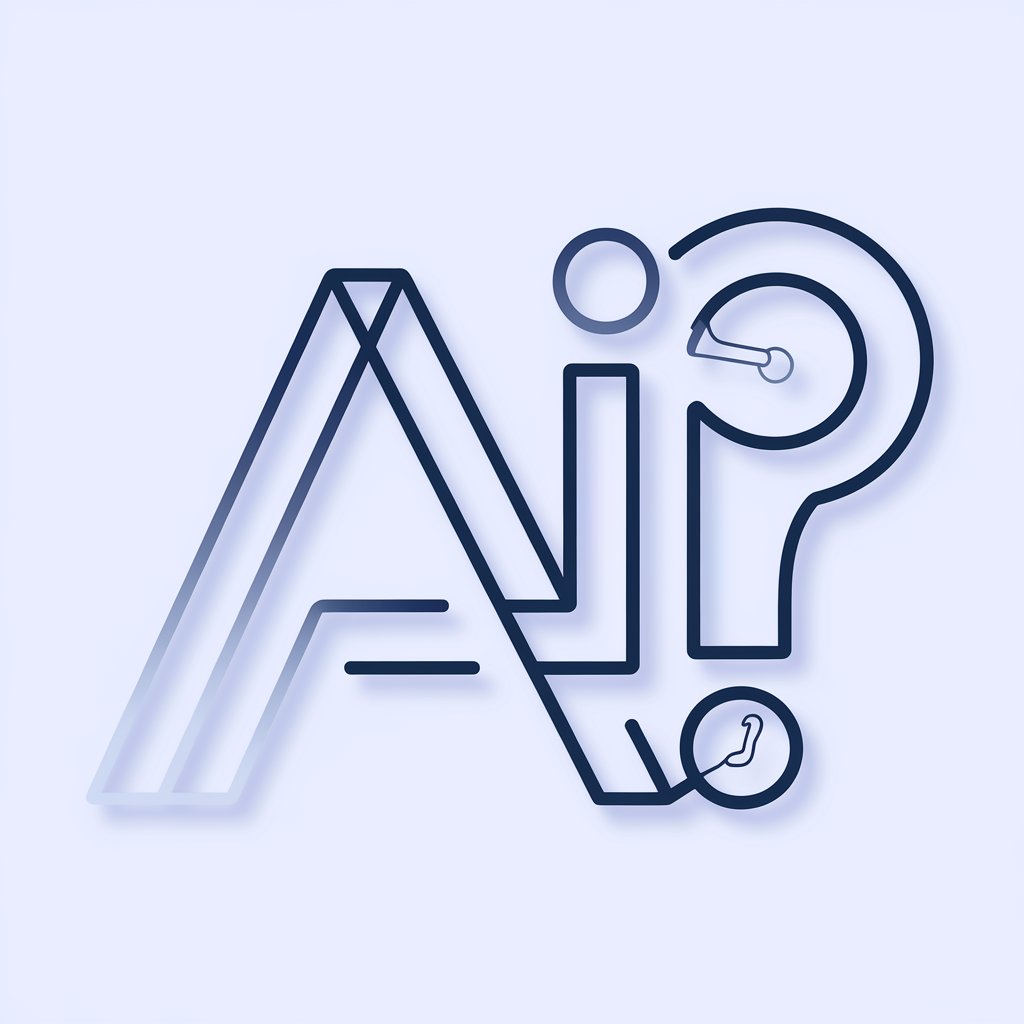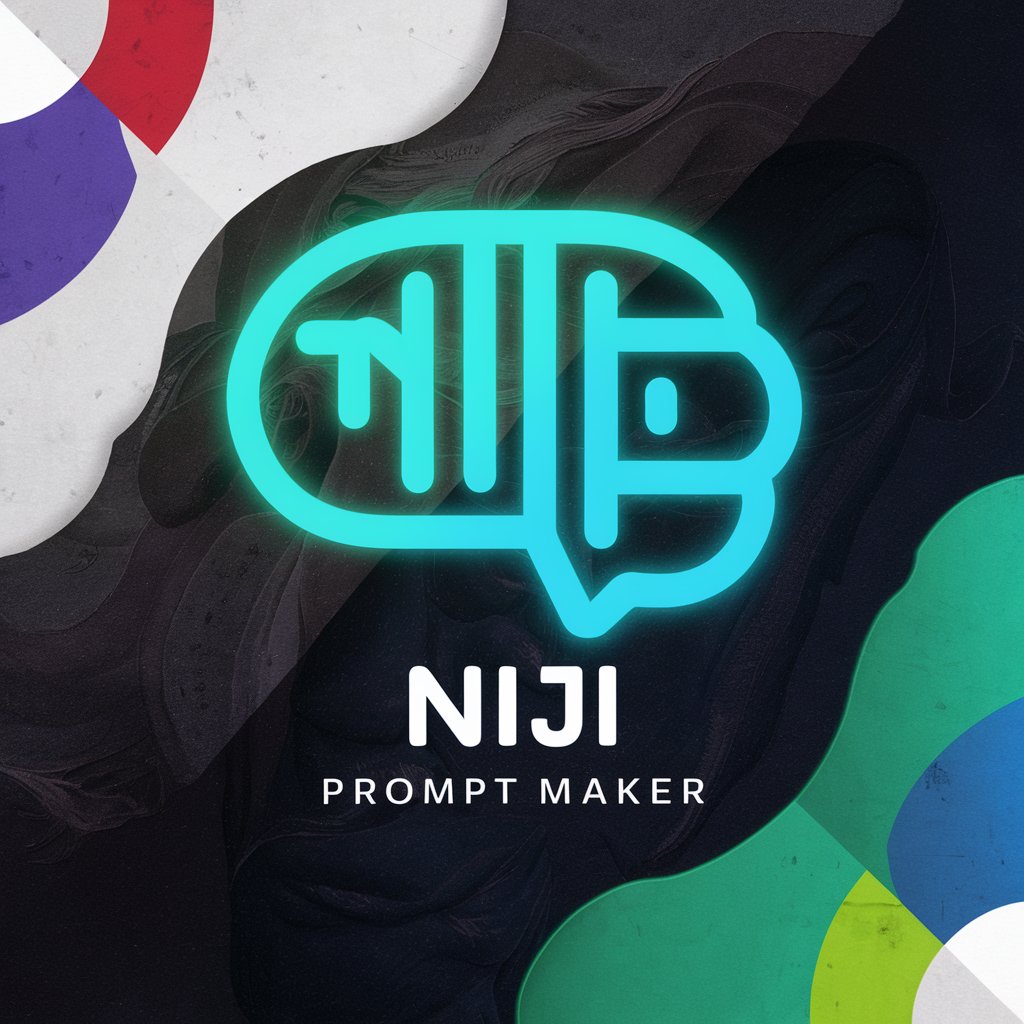
Question Maker-AI question generator
AI-powered question generation for educators
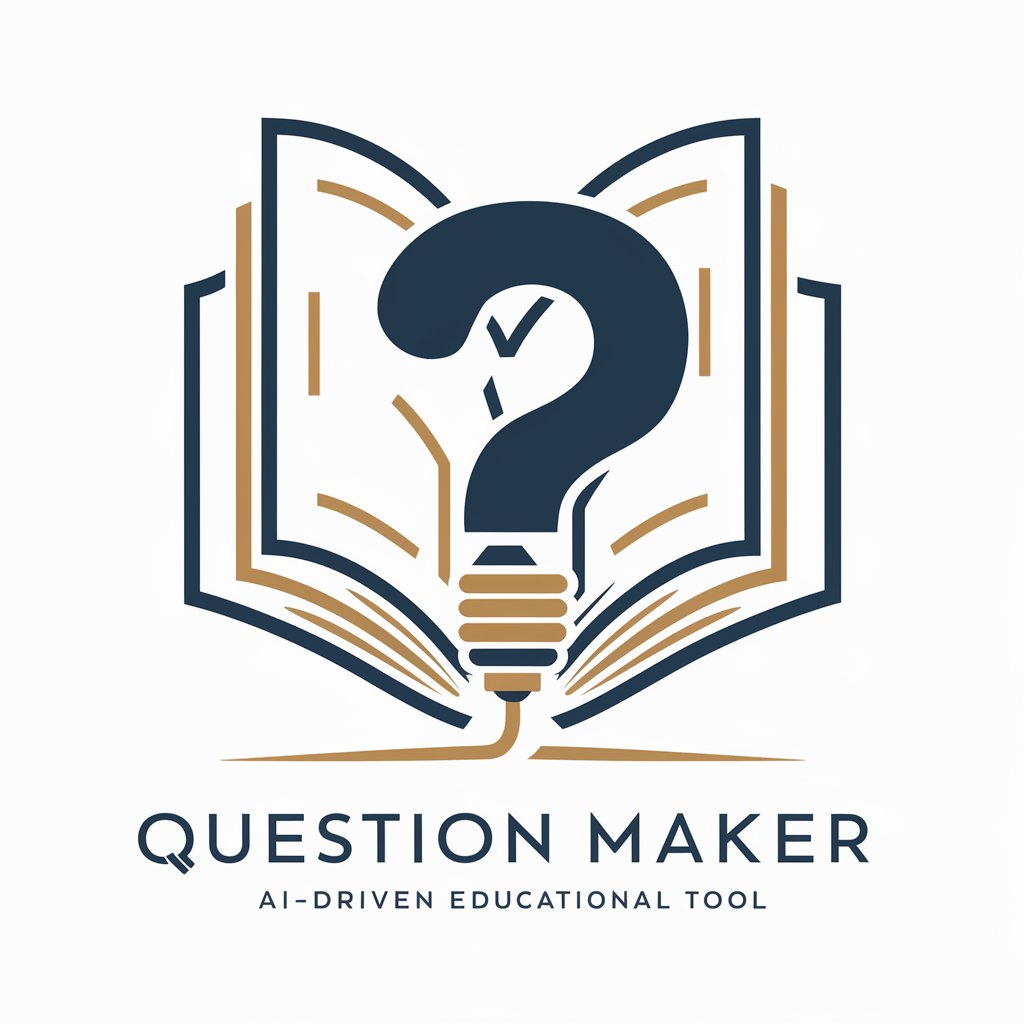
Creates a range of academic questions from PDFs.
Generate a question from this academic text.
Create an open book exam question from this PDF.
Formulate a quiz question based on this document.
Develop an exam question from the uploaded material.
Get Embed Code
Introduction to Question MakerJSON code correction
Question Maker is an advanced tool designed for the creation, management, and organization of questions for various purposes, such as assessments, learning materials, quizzes, and research. It is primarily built to simplify the process of formulating questions that align with specific objectives, whether those are educational, evaluative, or informative in nature. The core functionality revolves around enabling users to generate both simple and complex question types, tailor them for diverse applications, and integrate them into different learning or testing environments. For instance, in a classroom setting, a teacher might use Question Maker to generate a quiz on historical events. The tool could create a variety of question types—multiple-choice, short answer, or true/false—based on the teacher's pre-defined subject matter. For a business or corporate scenario, it might be used to create an employee performance evaluation form, where different categories (e.g., teamwork, problem-solving, leadership) require specific types of questions. The tool’s versatility is evident across industries and domains.
Main Functions of Question Maker
Question Generation
Example
Creating a variety of question types (multiple-choiceJSON code correction, short answer, true/false, essay) based on a given subject matter.
Scenario
A high school teacher needs to generate a quiz on basic algebra concepts for a class of students. Using Question Maker, the teacher specifies the topic, and the tool generates different question types—such as multiple-choice questions testing basic arithmetic and short-answer questions on equations—tailored to the student's grade level.
Customizable Question Templates
Example
Enabling users to design and save their own question templates for reuse.
Scenario
A corporate training manager needs to design a yearly skills assessment for new hires. By using customizable templates in Question Maker, the manager can create a standard format for questions (e.g., situational questions or leadership-focused questions) and reuse it across different departments or training sessions, ensuring consistency and saving time on future assessments.
Question Categorization & Tagging
Example
Classifying and tagging questions by difficulty level, subject area, or skill focus.
Scenario
In a university, a professor designing an exam for a course in machine learning uses Question Maker to categorize questions according to difficulty (easy, medium, hard), as well as tagging them by topics like neural networks, supervised learning, or deep learning. This categorization helps students understand which areas they need to focus on more and ensures that the exam is balanced.
Automated Feedback Generation
Example
Automatically generating feedback based on question answers to guide learning or evaluation.
Scenario
After students complete an online quiz created through Question Maker, the tool provides instant, personalized feedback based on the answers selected. For example, if a student answers a math question incorrectly, the feedback might provide a hint or explain the correct method for solving the problem, allowing students to learn from their mistakes in real-time.
Integration with Learning Management Systems (LMS)
Example
Seamlessly embedding generated questions into LMS platforms for streamlined assessments.
Scenario
A university professor uses an LMS like Moodle or Blackboard to manage course content and grades. By integrating Question Maker, the professor is able to export the generated quizzes directly into the LMS, where students can access them during scheduled assessments, reducing manual work and ensuring smooth grading processes.
Ideal Users of Question Maker
Educators (Teachers, Professors, Trainers)
Educators are primary users of Question Maker as it allows them to efficiently create tailored, high-quality questions for assessments, quizzes, and exams. Teachers can benefit from the ability to generate diverse question types, save templates for reuse, and categorize questions by topic or difficulty. This streamlines the test creation process, especially for large classes, and ensures that assessments are varied, engaging, and aligned with learning objectives.
Corporate Trainers and HR Professionals
In the corporate world, trainers and HR professionals use Question Maker to create performance evaluations, skills assessments, and employee surveys. The tool allows them to design assessments that are both insightful and easy to scale across departments. It can also provide automated feedback, making it useful for continuous development programs. Additionally, with customizable templates, HR departments can ensure consistent evaluation standards across various levels of the organization.
Researchers and Psychologists
Researchers, especially in fields like psychology, sociology, and market research, benefit from Question Maker's ability to create detailed surveys and interview questionnaires. The ability to categorize questions and apply different formats (such as Likert scales, semantic differential scales, etc.) helps gather data in a structured manner, which can be directly integrated into research workflows.
Content Creators and Publishers
Content creators and educational publishers use Question Maker to design practice materials, study guides, and learning modules. By generating custom quizzes and tests, publishers can provide tailored content for specific subjects, age groups, or learning levels, thus enhancing the value of their offerings in educational marketplaces.
Students
While students might not be the primary creators of questions, they can still benefit from Question Maker. Through its integration with LMS platforms or by using shared resources from teachers or trainers, students can engage with diverse question types for practice, enhancing their understanding of the material and improving performance in exams. The tool can also be used by students to create their own quizzes for peer study sessions.
How to use Question Maker
Visit aichatonline.org for a free trial without login; no ChatGPT Plus required.
Open the website to try Question Maker immediately—no account creation or paid ChatGPT plan needed for the trial. This allows you to evaluate features before committing.
Prepare source material and learning goals.
Gather the syllabus, lecture notes, readings, or learning outcomes you want the tool to use. Define the question types, difficulty levels, target audience, and assessment purpose (formative/summative).
Select or configure a prompt template and settings.
Choose a question style (MCQ, short answer, essay, problem-solving, case study), specify constraints (word limits, Bloom’s taxonomy level, marks), and set originality/variation preferences to produce tailored items.
Generate, review, and refine questions.
Run generation. Vet each item for accuracy, clarity, alignment with learning goals, and bias. Edit wording, add rubrics or model answers, and regenerate variants as needed for diversity andQuestion Maker usage guide fairness.
Export and integrate into assessments or learning resources.
Download questions in your preferred format (CSV, DOCX, LMS-compatible QTI), tag items for reuse, and import into quizzes, exam banks, or study guides. Keep records of edits and citation of source materials if required.
Try other advanced and practical GPTs
사투리 변환기
AI-powered dialect conversion for Korean text

中文数学物理助手
AI-powered assistant for math and physics

🤖SEO 최적화 네이버 블로그 현직 쇼핑몰 대표이자 블로그 마케팅 전문가가 대신 써드려요
AI-driven SEO Optimization for Naver Blogs.

品牌策划运营师
AI-powered brand strategist for growth

SQL Server, SSIS, Python, C#, ETL Code Mentor
AI-powered mentor for SQL, ETL, Python & C#.

Wissenschaftlicher Forschungs- und Schreibbuddy
AI-powered academic writing and research drafting

기업분석보고서
AI-powered insights for smarter business decisions

İslami Rüya Tabiri
AI-powered Islamic dream interpretation grounded in classics

Sửa và Dịch Phụ Đề
AI-driven subtitle editing and translation tool.

행정 업무 수호천사
AI-powered administrative task optimization.

ABAP Helper
AI-powered assistance for ABAP developers
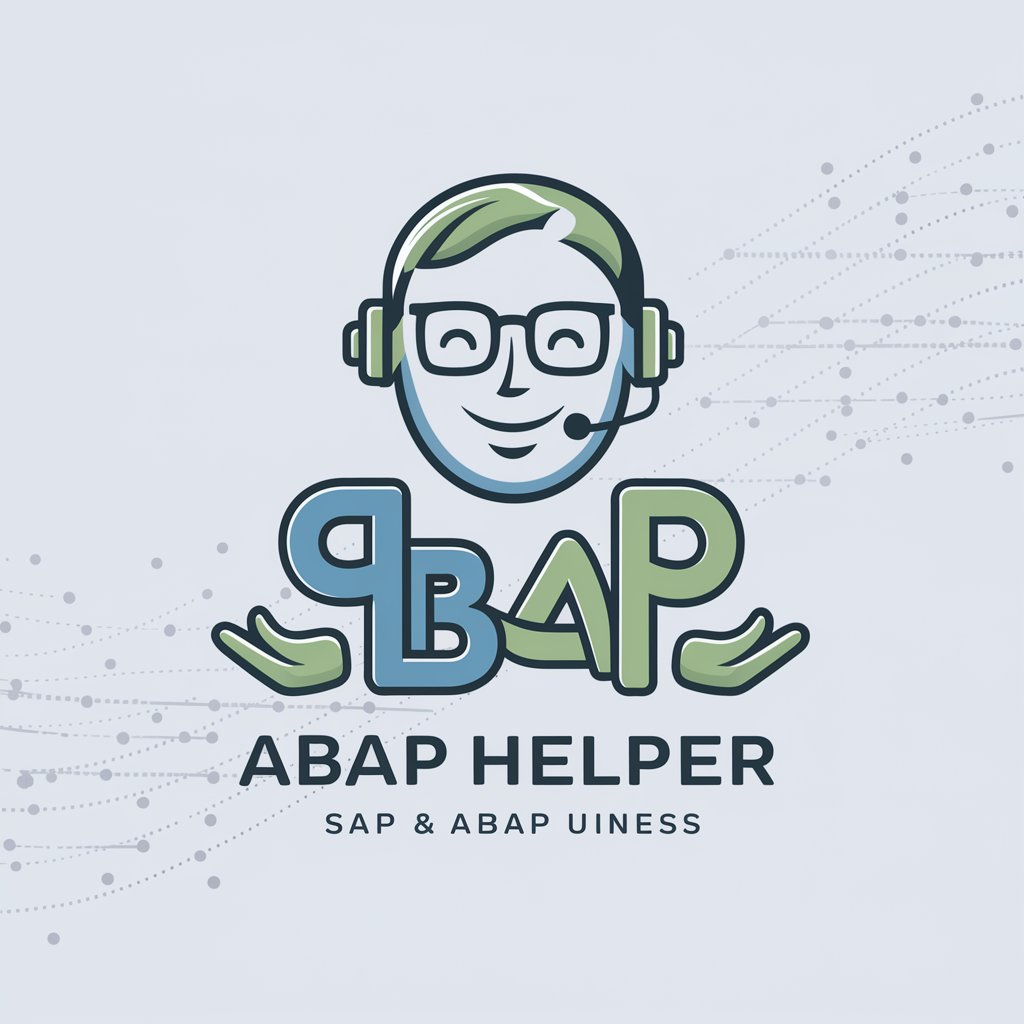
Urology Expert
AI-powered Urology Insights at Your Fingertips

- Exam Prep
- Lesson Planning
- Assessment Design
- Rubric Creation
- Question Banks
Common questions about Question Maker
What types of questions can Question Maker produce?
Question Maker generates a wide range of item types: multiple-choice (single/multiple correct), true/false, short answer, extended-response/essay prompts, numerical problems with worked solutions, case-based scenarios, rubric-scored performance tasks, and classroom discussion prompts. You can specify cognitive level (recall, application, analysis, synthesis) and format constraints for each item.
How does Question Maker ensure academic integrity and originality?
The tool uses generative models to create original wording and can produce multiple variants of the same stem to minimize rote memorization. It flags close matches to provided source text so instructors can edit near-duplicates, and it supports randomization of distractors and parameterized numeric questions to reduce cheating. Users are advised to run similarity checks with institutional plagiarism tools and to review items before high-stakes use.
Can Question Maker align questions to learning outcomes and standards?
Yes. You can map questions to learning objectives, Bloom’s taxonomy levels, or external standards by tagging desired outcomes when configuring generation. The tool can prioritize alignment, produce rubrics tied to outcome descriptors, and export metadata so questions remain traceable to specific competencies.
What are the privacy and data handling practices?
Question Maker processes uploaded materials to generate items but offers options to delete session data after export. It does not publish user content publicly. For sensitive or proprietary materials, use local export and deletion workflows and consult the platform’s privacy policy for retention periods, encryption standards, and institutional data agreements.
How can educators customize difficulty and feedback?
Educators specify difficulty via keywords (easy, medium, hard), desired Bloom’s level, or by providing sample student responses. The tool can produce model answers, step-by-step solutions, distractor rationales for MCQs, and adaptive feedback messages. You can also set scoring rubrics and automatic grading rules for objective formats.


